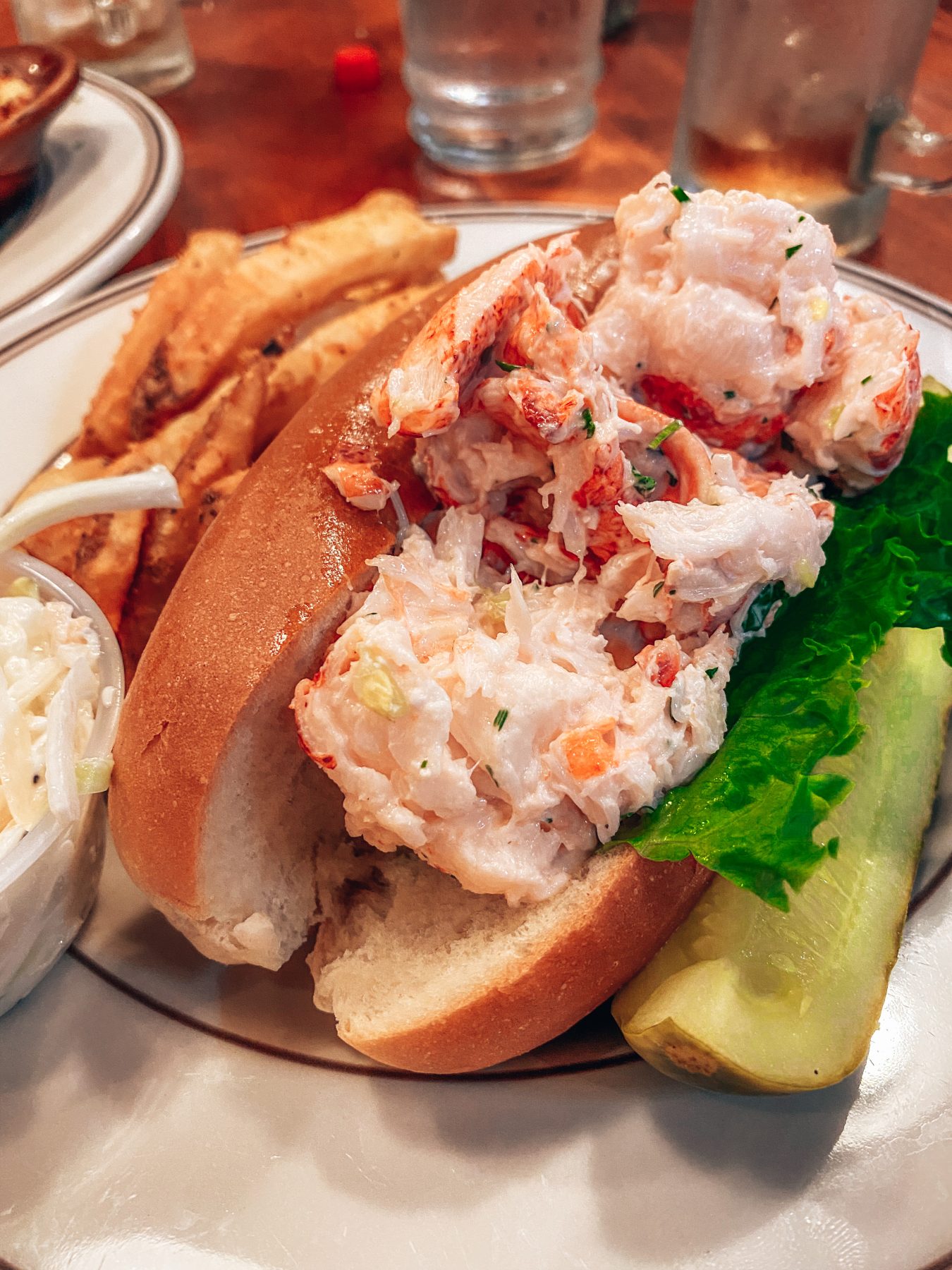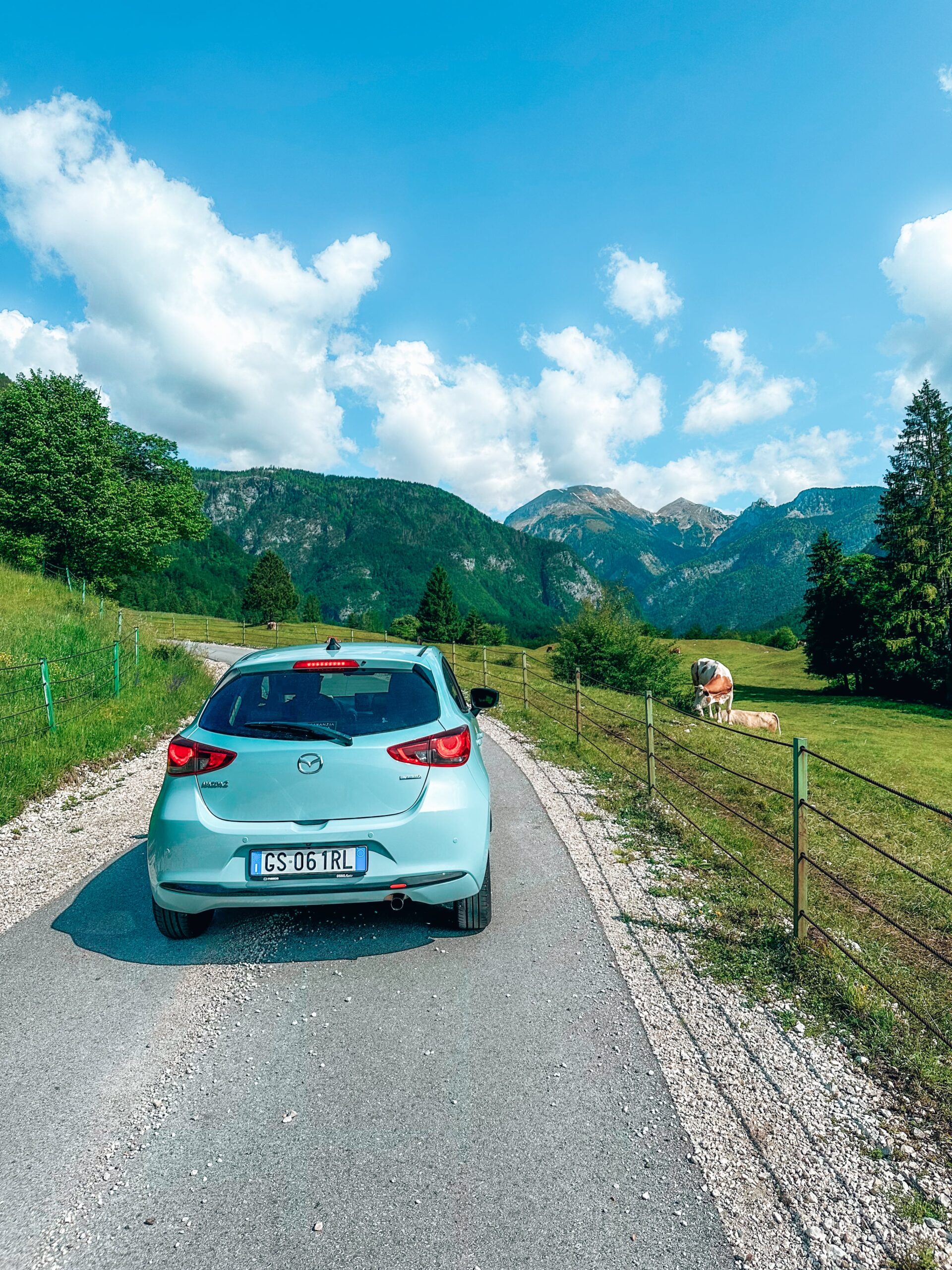The last few months have really turned my travelling world upside-down. I thought I knew exactly what I wanted to do, and where I wanted to be for the next couple of years but it's amazing how easily you can suddenly be inspired to explore totally different places. That's one thing I love about this nomadic life, having the freedom to completely change my plans at a moment's notice if I wake up and decide I want to be somewhere else. For a long time I was convinced New Zealand was next for me, but deep down I was craving a different kind of adventure altogether. Now I'm seriously considering swapping one side of the world for another by taking on an epic trip around Canada for the incredible scenery and national parks. Having lots of family living over there, it has always been on my radar but the more I've learnt about the country, the more excited I am about the thought of exploring it myself.
Canada is the second biggest country on Earth, with a land mass of nearly ten million square kilometres. That land includes gently rolling hills, thick forests, broad rivers, spectacular mountains and wide open tundra. The only way to really take in its beauty and diversity is by road, and driving through these places is an experience that you’ll never forget. Canada is a friendly country where many things are free and prices are generally low, so despite the distances involved, it is possible to make this kind of trip without breaking the bank. The key is good planning.
Routes to consider
Despite its vast interior, Canada has some beautiful stretches of coastline, especially in the west. Driving north from Vancouver gives you the chance to appreciate the majesty of temperate rainforests, which contain some of the country’s biggest and oldest trees, as well as beautiful sea views. You can watch the sun set over the Pacific and, with a bit of luck, see whales and dolphins sporting in the waters below.
In autumn, a road trip through Quebec will give you the chance to taste the delicious fruits of its many farms. The French-speaking state is full of beautiful buildings and is famous for its restaurants, with delicious wines and cheeses available even to those on a tight budget. The hills are rich and green, and the maple forests blaze a fiery red as you travel towards the interior.
The mountainous National Parks of Alberta contain some truly stunning scenery and are linked by the Icefields Parkway, the best route from which to appreciate the chillier side of Canada’s natural wonders. Along the way, you can go climbing on glaciers, admire thundering waterfalls or warm yourself beside hot springs.
Drawing up a budget
Saving money on a road trip like this is much easier if you set out your journey carefully before you start. The biggest expense – after the unavoidable cost of fuel – is usually accommodation, and you can reduce this cost by booking youth hostels (even if you’re no longer youthful), staying on campsites or using a couchsurfing website to find free places to crash. You’ll also need to budget for food and for entertainment if you plan to go out socialising at your stopover points. Make sure that you have some money left over for dealing with emergencies. Pack a toolkit, emergency vehicle repair gear and a first aid kit in your vehicle to reduce the risk that you’ll need assistance.
Choosing the right vehicle
The vehicle best suited for your road trip will depend on the route that you plan to take and the kind of weather that you expect to encounter. Making a good choice can save you a lot of time, trouble and money overall. Never attempt a journey like this in an older vehicle – either pick up a second-hand vehicle in good condition or invest in a new one, because the last thing that you want is to break down somewhere remote, and in Canada it really is possible to find yourself hundreds of miles away from help. These days, you can get a car loan even with low credit score problems, and getting a new vehicle makes it easy to find something that’s really fuel efficient, potentially saving you a lot of money.
Money-saving tips
Much of what makes the difference when you’re managing your finances out on the road is how you deal with the little things. You’ll need to have a good supply of water in your vehicle wherever you go, but this doesn’t mean that you need to splash out on the bottled stuff – just take a few large bottles and fill them from taps when the opportunity presents itself. Don’t buy expensive snacks in roadside eateries or garages – pick up multipacks in supermarkets or bake your own. Layer your clothing so that you won’t need to buy new things if the temperature undergoes an unexpected change. Avoid the souvenir shops and visit markets in small towns and villages to find more unusual and much more affordable keepsakes.
A well-planned trip across Canada shouldn’t cost you much more than a driving holiday at home, after the cost of flights. You can bookend it with city breaks, which will give you the chance to enjoy the country’s fantastic museums and learn more about the places that you visit on your trip. Although a weeklong trip is enough to drive along some of the country’s shorter scenic routes, be warned – the real expense lies in the fact that you’ll want to return for more.
Does anyone have any tips for applying for Canada visas or travelling the country? What parts should I definitely visit?
*Emerald Lake, Banff, Alberta, by Bruno Soares dos Santos (image credit)













